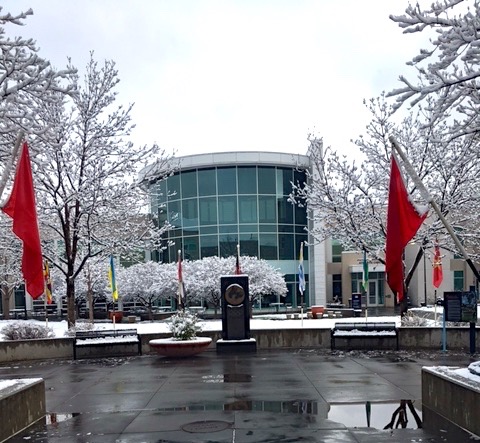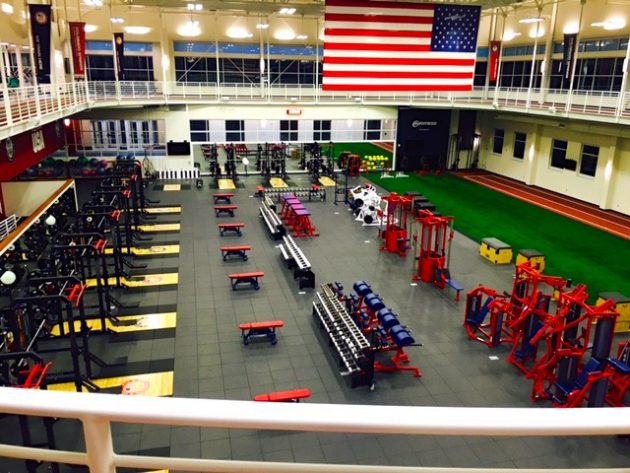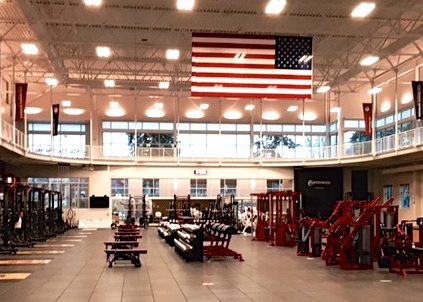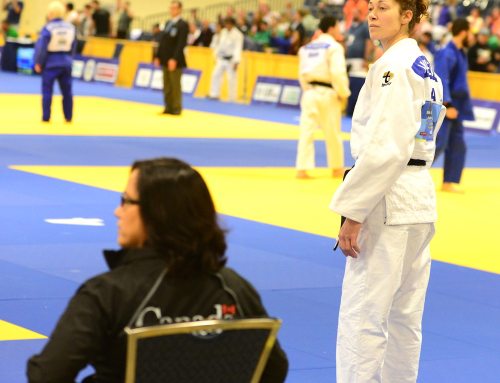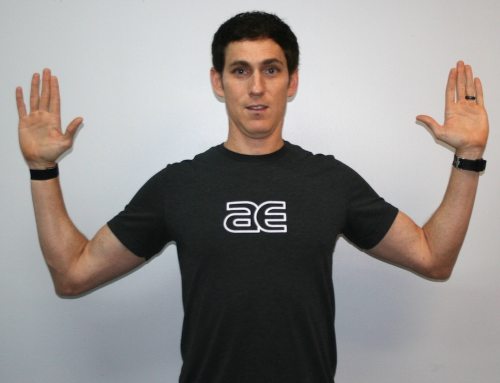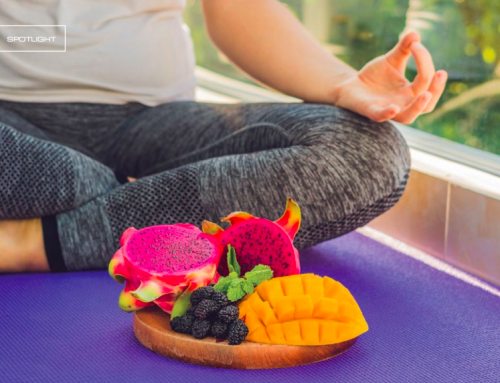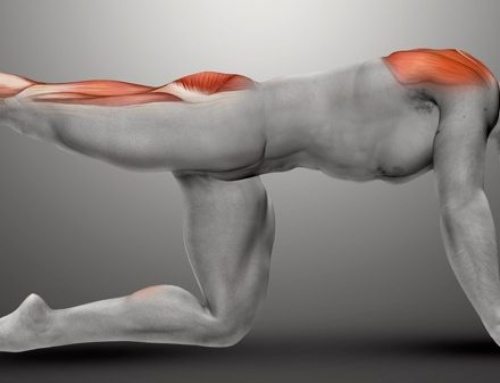By Amanda Kerr
Picture this: a state-of-the-art sports science facility stocked with the latest equipment to maximize an athlete’s performance. A separate sports medicine wing that offers its own gym designed to improve functional exercise and rehabilitation with features such as cold and hot water immersion tanks and a Swimex pool. Then, you walk through a door into a huge, two-story sports performance area buzzing with activity. On the second-floor track some of the world’s finest athletes are taking a jog, getting ready for a day of grueling training.
That’s what lies behind the doors of the U.S. Olympic Training Center in Colorado Springs, Colorado. It’s a place that encompasses the hopes, dreams, blood, sweat and tears of hundreds of thousands of athletes. And the significance of that ancient competition doesn’t stop with those pushing their bodies to achieve near inhuman feats.
The Olympic games carry just as much weight for the coaches, doctors, athletic trainers and sports medicine teams who work so hard to maintain the health of each athlete. So when Mike Satterley, PT, DPT, SCS, CIMT, CMTPT, CSCS, Clinical Director of Tidewater Physical Therapy’s Oyster Point location got the chance to work with the highest competitors in the world of sports, he didn’t hesitate to say yes.
Satterley spent two weeks in April at the Olympic Training Center in Colorado where he experienced what it’s like to work alongside some of the best sports medicine professionals in the country to treat the world’s most elite athletes. “It was an incredible experience,” Satterley said.
Within a population of athletes that know their bodies so well, even if there’s something off by a tenth of a percent, they notice. That means athletic trainers and physical therapists have to fine-tune their skills to provide relief for even the slightest physical irritation.
“Small things mean the world to them because they have to compete on the highest level,” he said.
During his time at the center, Satterely encountered a variety of athletes from gymnasts to boxers, from weightlifters to swimmers – several of whom have earned gold medals in their respective sports.
Satterley also spent time with those competing in niche sports such as skeleton, fencing and judo. And he worked with Para-Olympians who had overcome disabilities to be the best in their respective events.
“It was amazing to work with such a diverse range of athletes and hear their inspiring stories,” he said.
His goal for applying to serve as an Olympic Training Center volunteer was two-fold: one to sharpen his skills and two to pursue his own Olympic dreams of going to the games as a member of a sports medicine unit for a USA team.
His time in Colorado gave Satterley first-hand training on the latest and greatest sports medicine equipment and techniques. One device that stood out was the AlterG, an anti-gravity treadmill that uses air pressure to eliminate gravity. The device allows for athletes suffering from a minor injury, such a fencer who sprained his ankle, to continue with conditioning (jogging) without exacerbating the injury.
Satterley also found interest in a soft tissue treatment referred to as cupping. The technique creates suction using heat or a pump to pull on sore tissues. The idea, he said, is that the treatment pulls out layers of tissue that are “gummed down,” sort of a decompression technique. It also increases blood flow to the affected area. The athletes in Colorado used cupping to treat ailments just about anywhere on their bodies including the back, neck, shoulders, knees or thighs. “All the Olympians out there loved it,” he said.
Satterley was so intrigued by the practice that as soon as he returned to Newport News, he found a local cupping expert to experience the treatment for himself.
“It looks pretty abrasive, but actually it doesn’t feel too bad,” he said.
But the main thing he walked away with from his time spent among the best athletic trainers and physical therapists in the United States, Satterley said, is the confidence of knowing he and his team are doing great work in the treatments they offer every day.
“The good thing was it reinforced that we’re doing exactly what we should be doing,” he said, noting that at his clinic they perform many of the same treatments that he saw in Colorado. “It was good in that sense to know that I am on the right track.”
If anything, the experience taught him how to fine-tune his skills to serve athletes who notice how the slightest physical irritation can impact their performance.
# # #
Amanda Kerr is a freelance writer for Consociate Media based in South Carolina. A professional writer with experience in daily newspapers and magazines, Amanda covers a variety of topics, ranging from sports to healthcare and hospitality.


